I inherited the original Zorki 4 camera from my dad, who received it from his father.
This camera was likely manufactured in the USSR during the 1960s.
The camera came equipped with a Jupiter-8 50mm f/2 lens, which I was eager to test on my Leica M11. The lens complements modern Leica bodies remarkably well, which isn't surprising given that the Zorki 4 closely resembles the Leica design.
According to Mike Eckman's review:
"This is a Zorki 4 rangefinder made by Krasnogorsk Mechanical Factory (KMZ) in Moscow, Russia. The first Zorkis were built by KMZ in 1947 after the FED factory in Ukraine was damaged in WWII. These first Zorkis were near identical copies of the original FED rangefinder which itself was a near identical copy of the Leica II."
Lens Condition and Replacement
The original lens had a stiff focusing ring, and upon visiting a camera repair shop, I was advised that repairing it would be impractical due to significant scratches on the glass—scratches I hadn't initially noticed, but my father agreed with the assessment.
I was offered a replacement Jupiter-8 lens in very good condition, which I accepted to have experience similar to what my father and grandfather might have had.
The focusing on the replacement lens was still somewhat stiff but notably better than the original.
I spent a few hours shooting in the city and on my lunch break at Canary Wharf to get an idea how this lens performs.
Image Quality
If you're seeking the image quality of modern lenses, this may not be the lens for you. For various reasons, that level of quality simply isn’t there.
However, I've read numerous reviews suggesting that this lens is unusable at f/2, but I don't entirely agree. Below is the shot taken wide open. Plenty of details across the frame captured by 50MP modern sensor.
I took this photograph just outside Victoria Station in London using a modern Voigtlander Color Skopar 50mm f/2.2 lens.
On my way back, I captured the same scene with the Jupiter-8 lens. Although it was probably taken in better light, it's still quite impressive for a 60-year-old lens, isn't it?
All photographs below been taken on Jupiter lens on various conditions, apertures, etc.
Hopefully you will get an idea when aperture was wide open and when I was shooting for IQ at F/8.


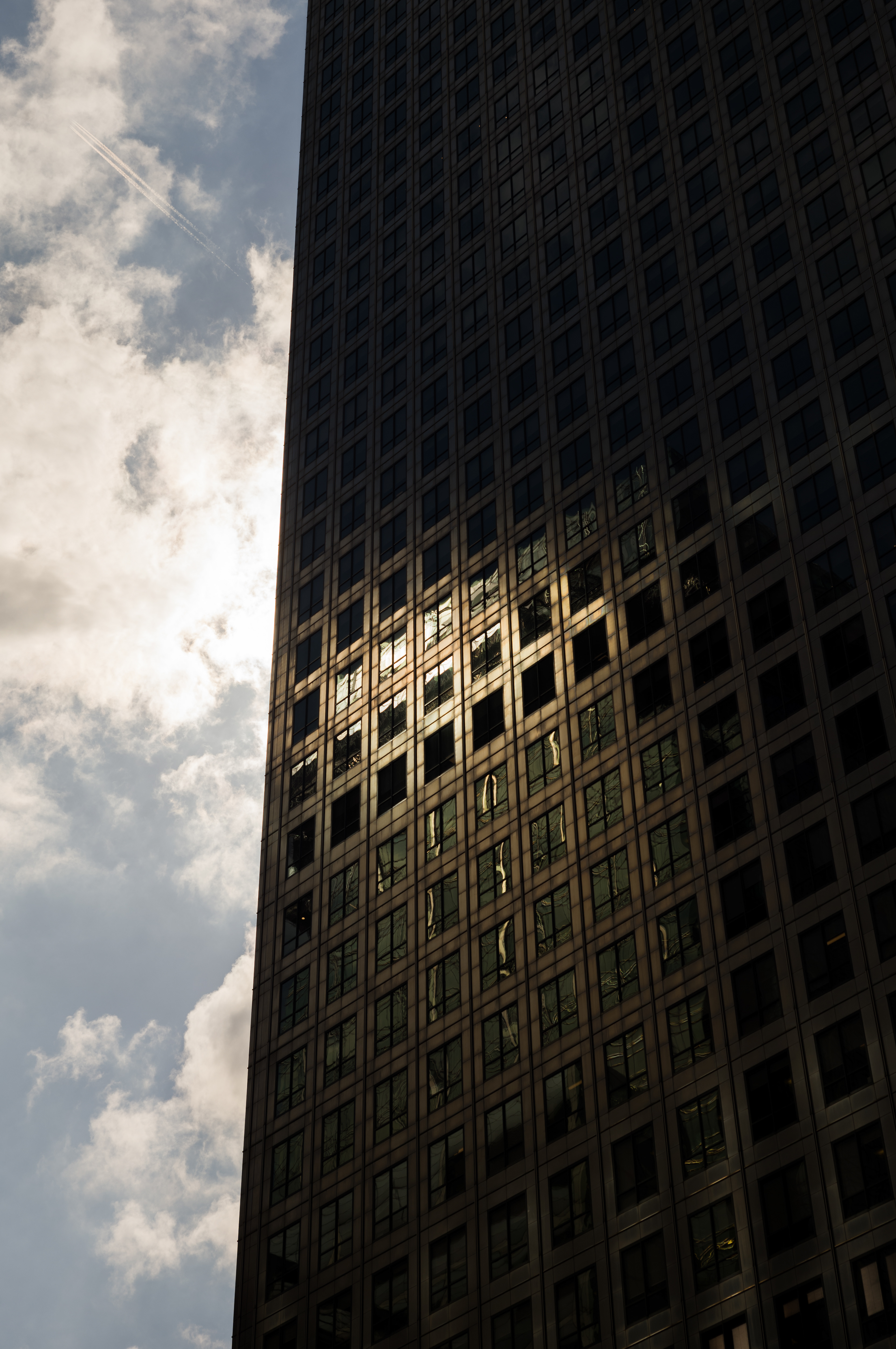

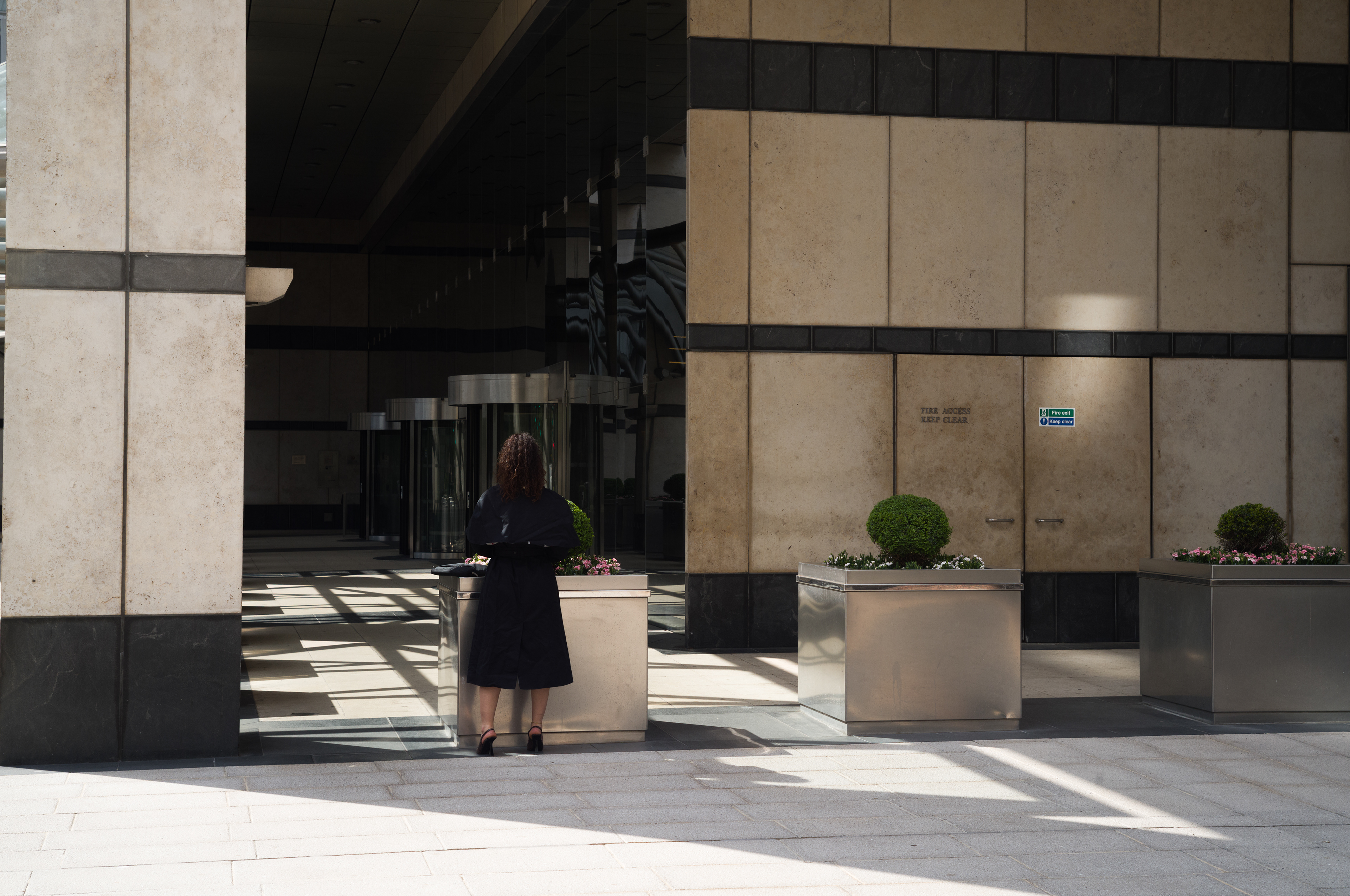
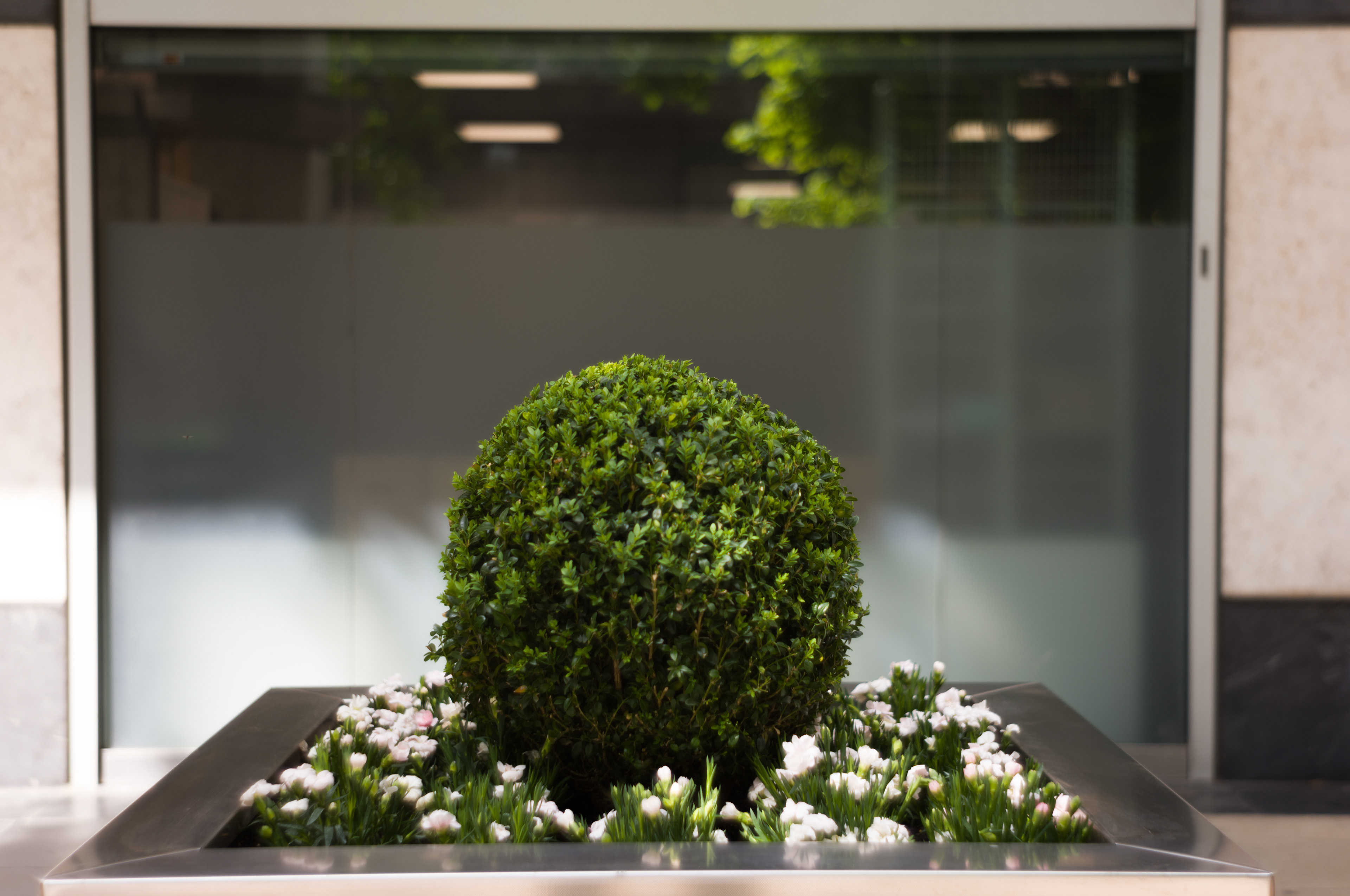
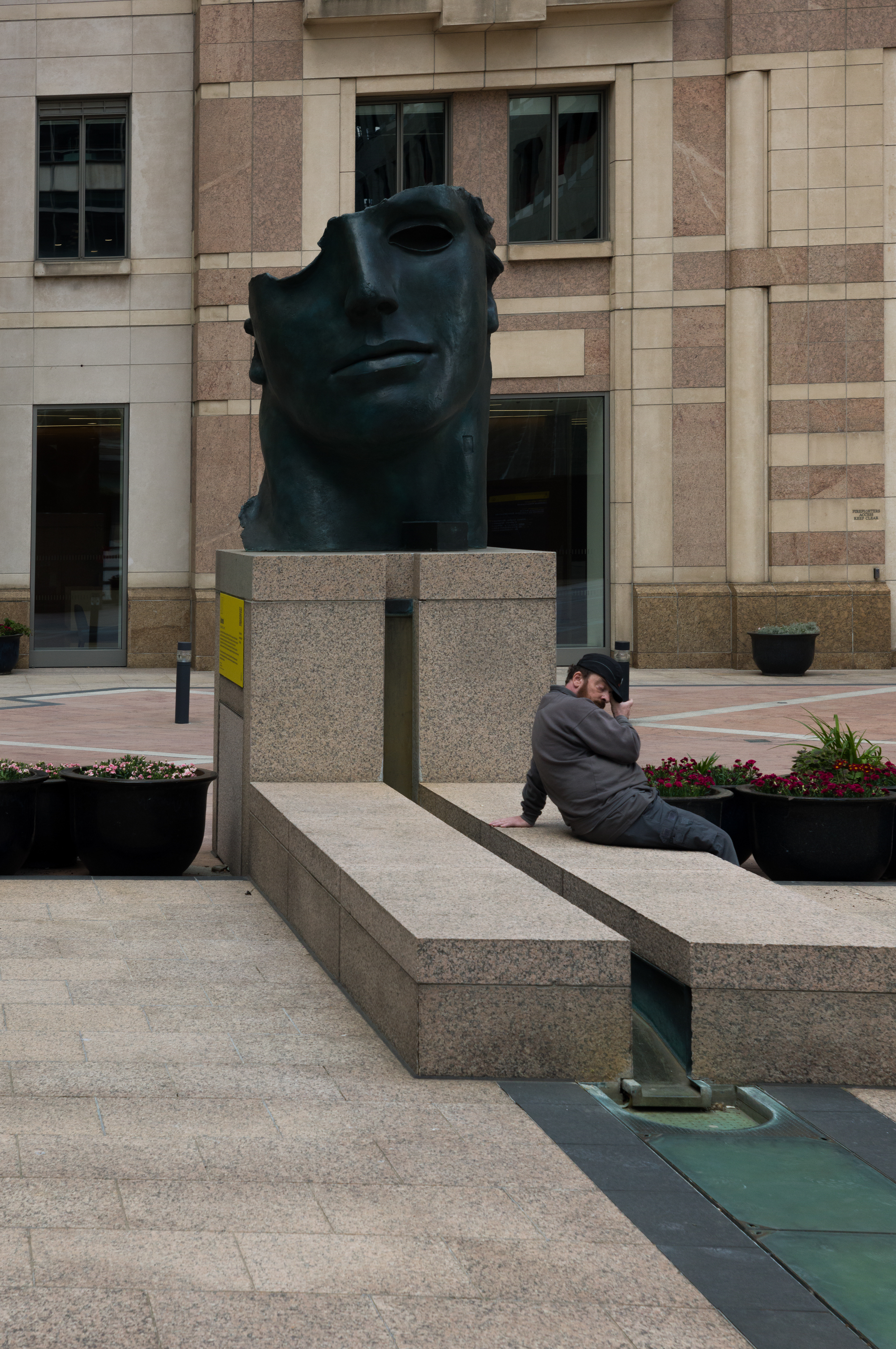
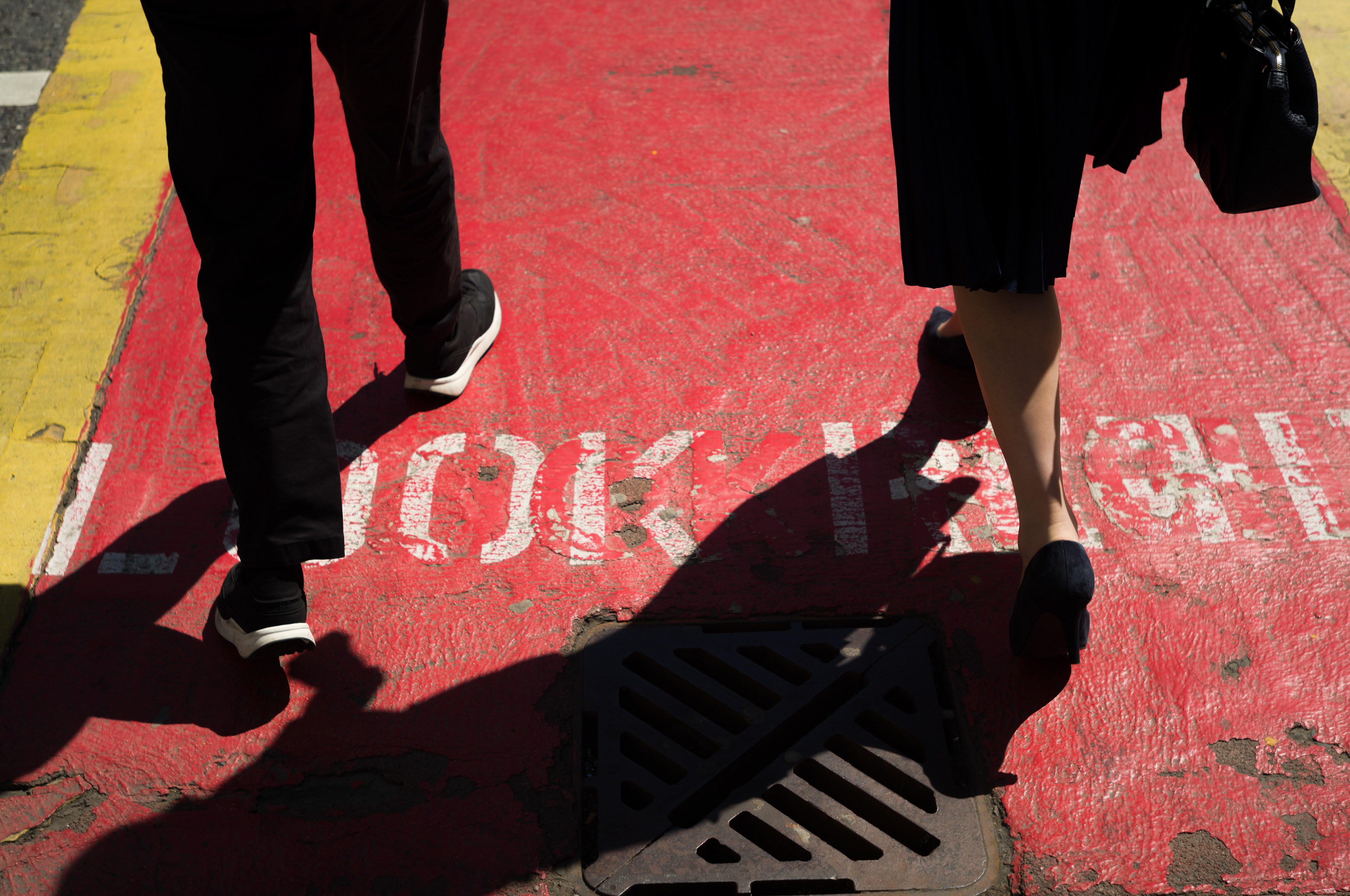

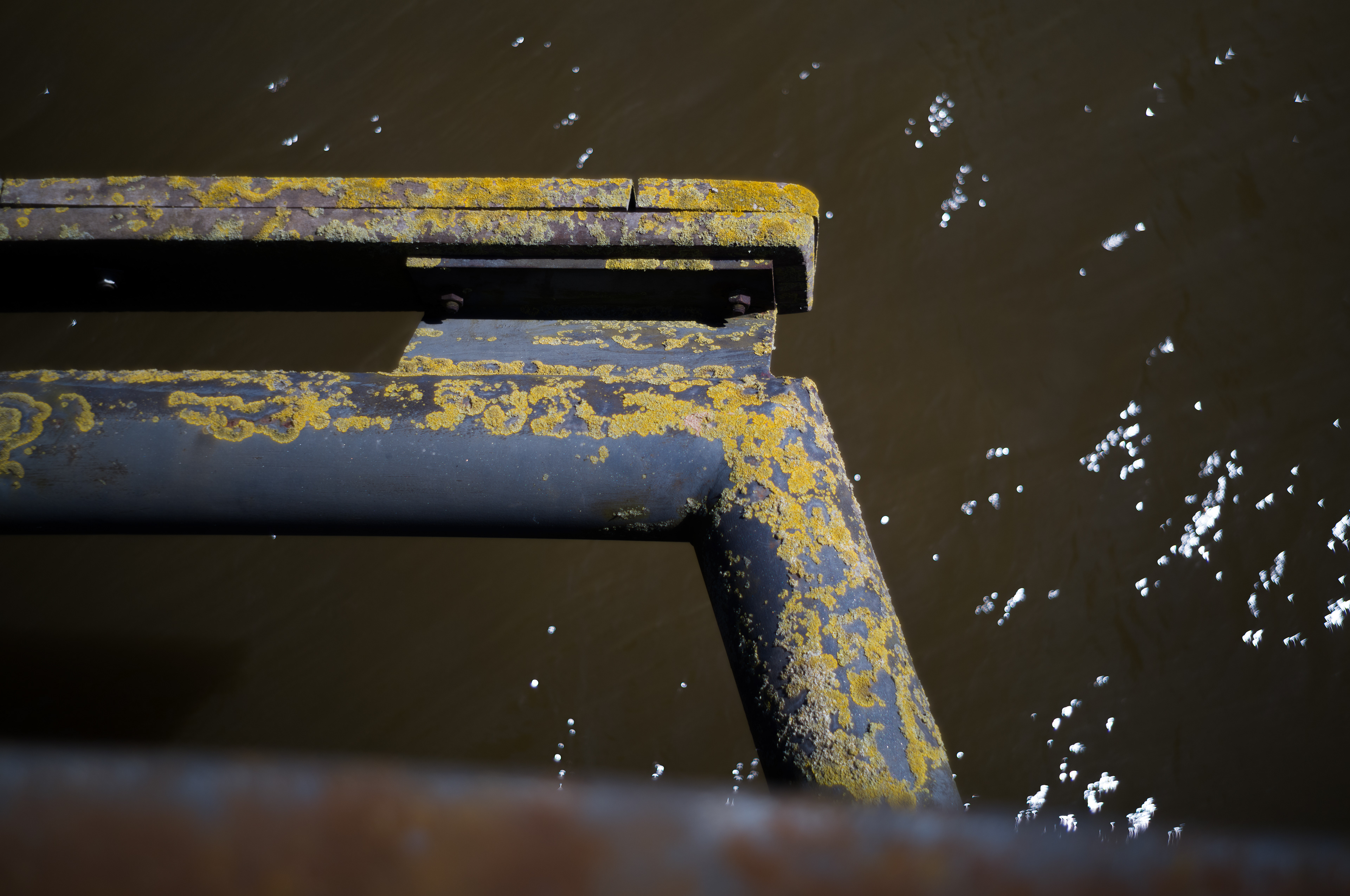
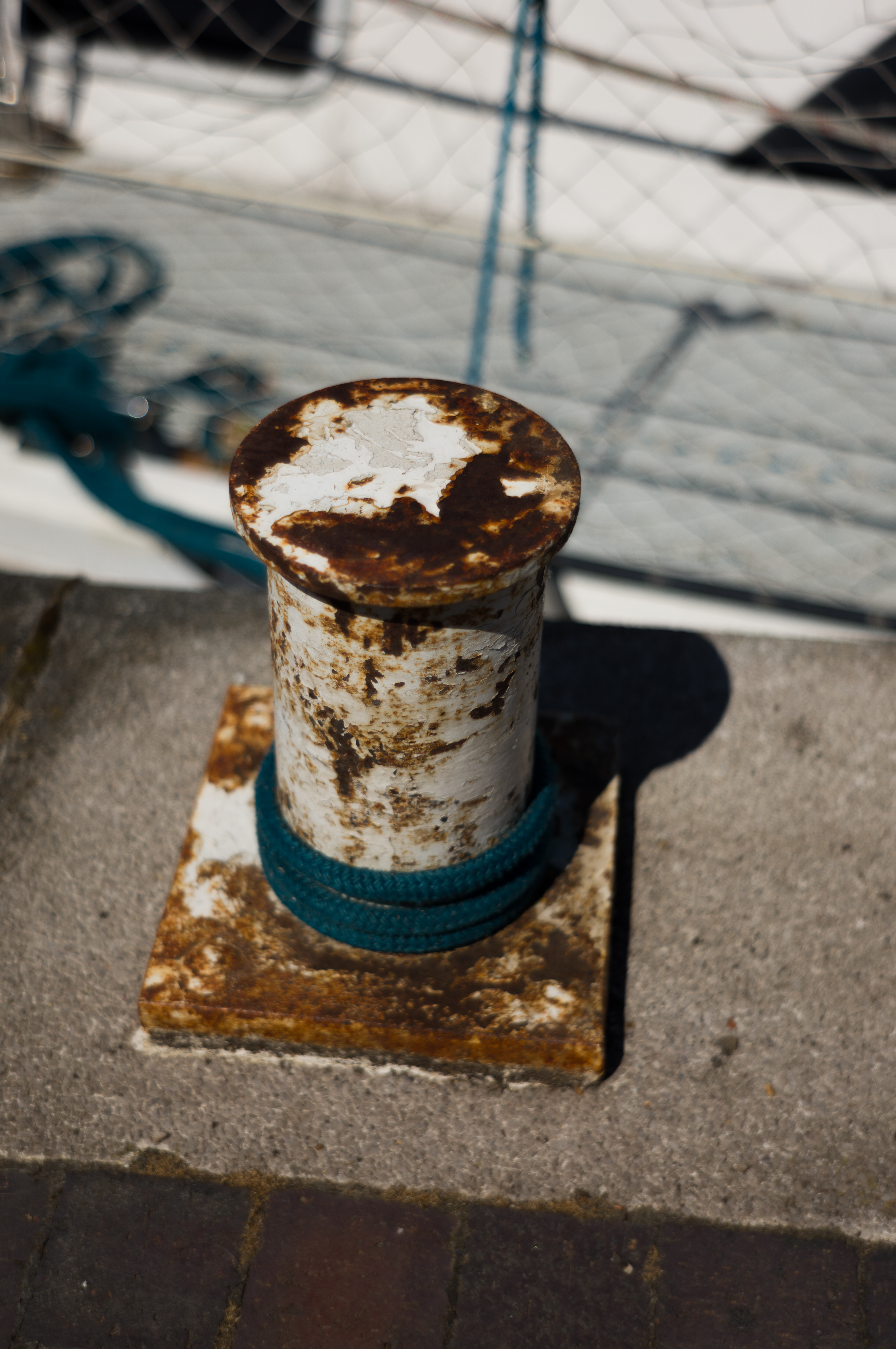
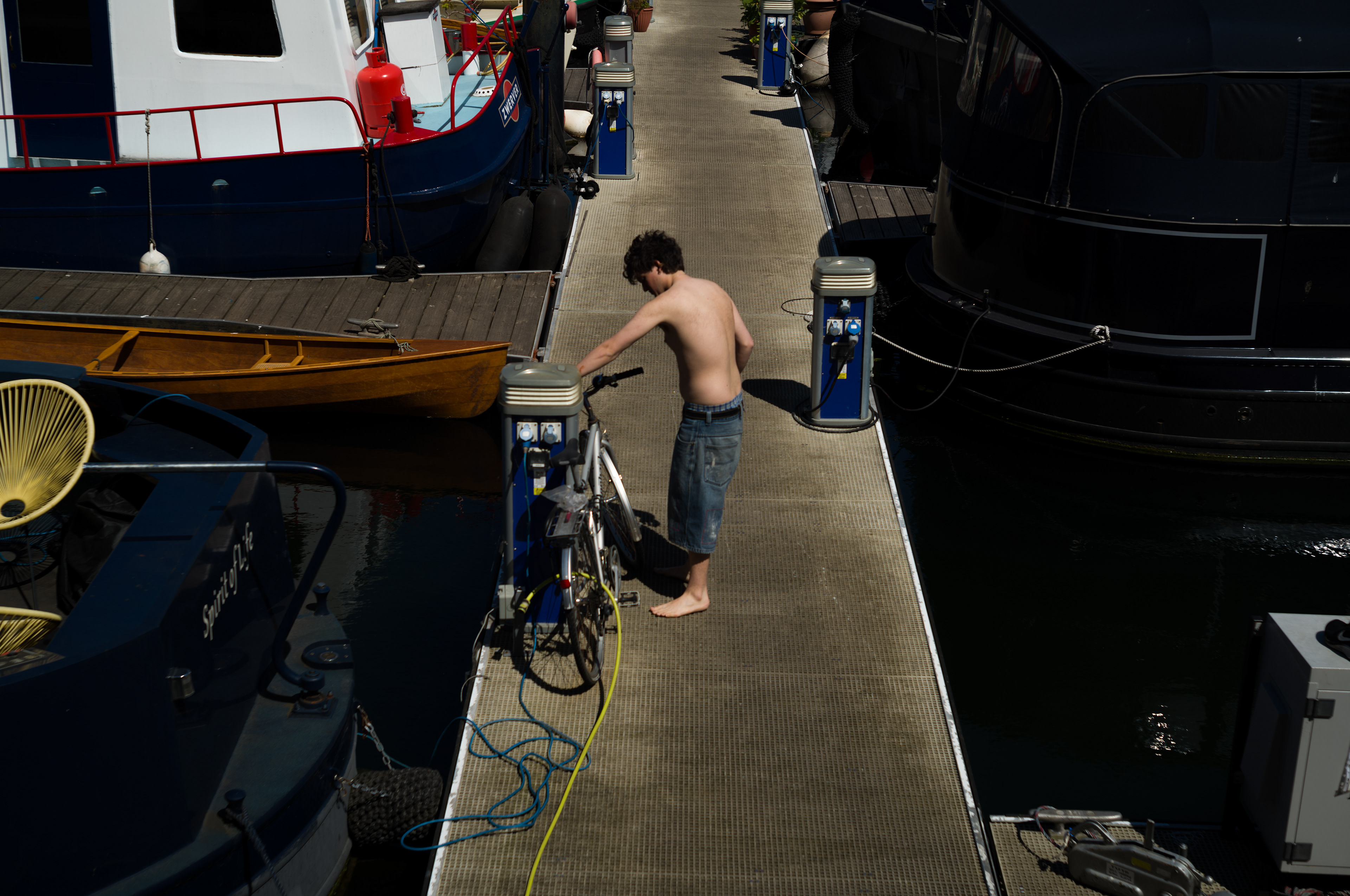
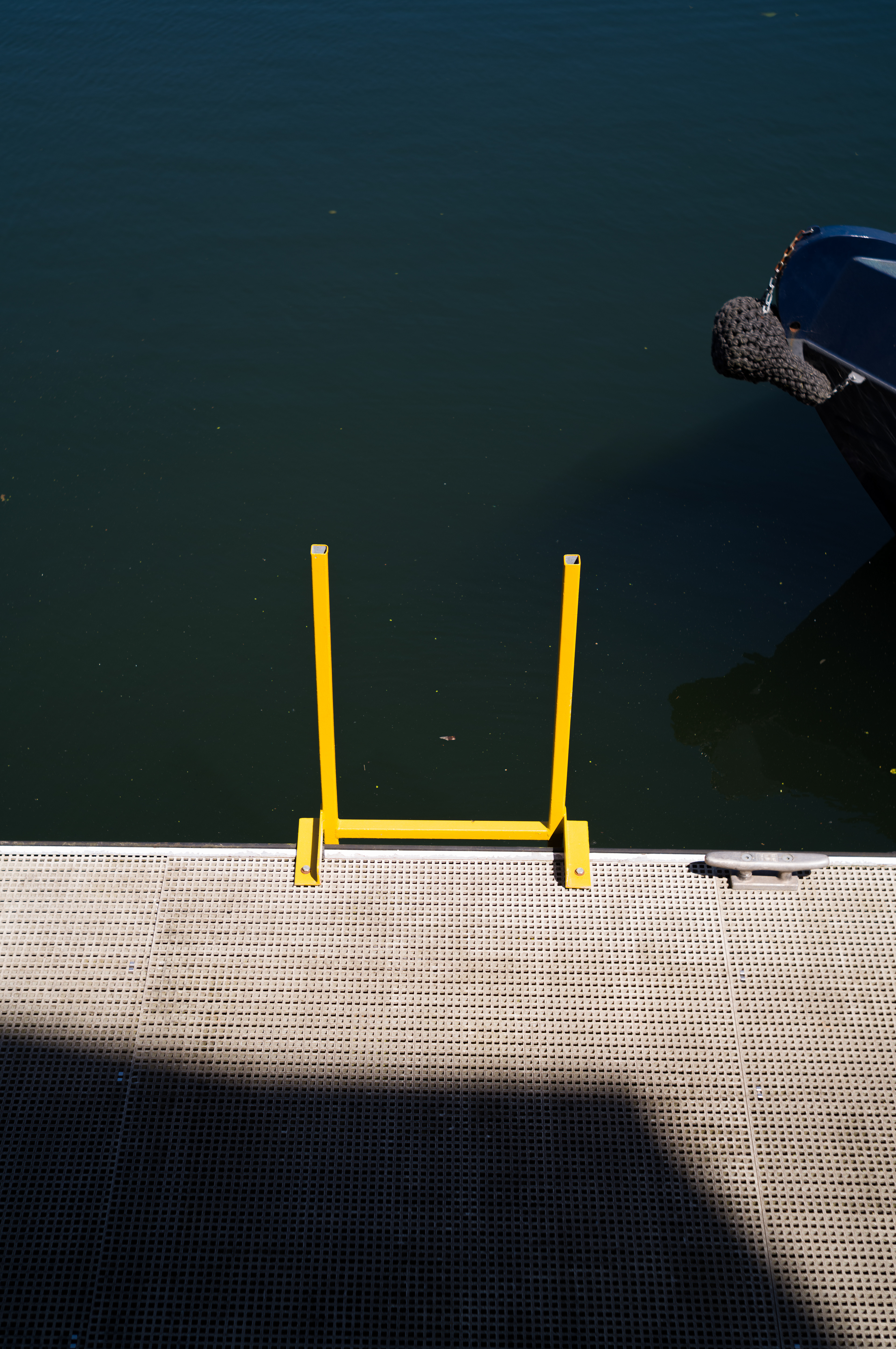
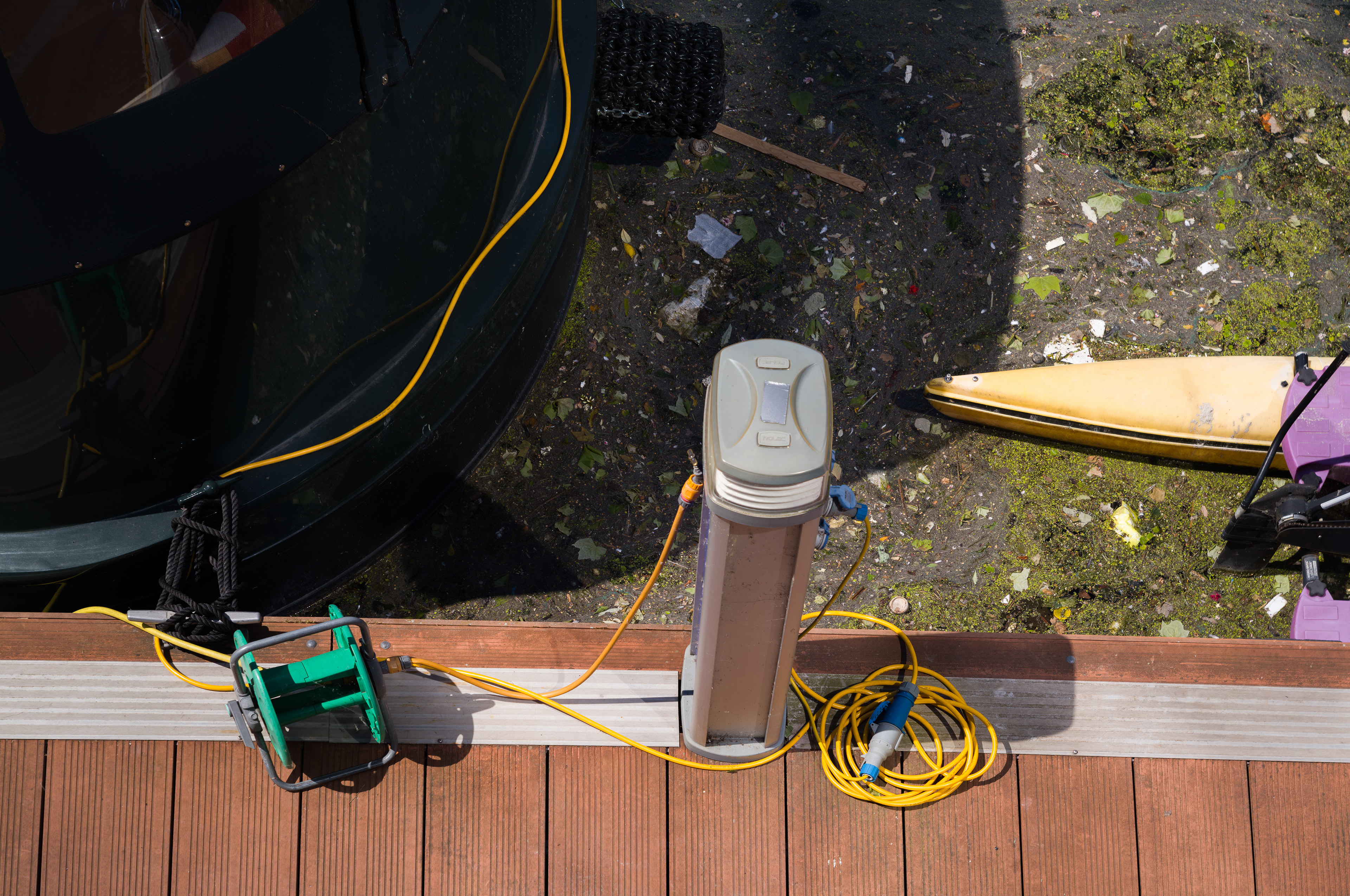
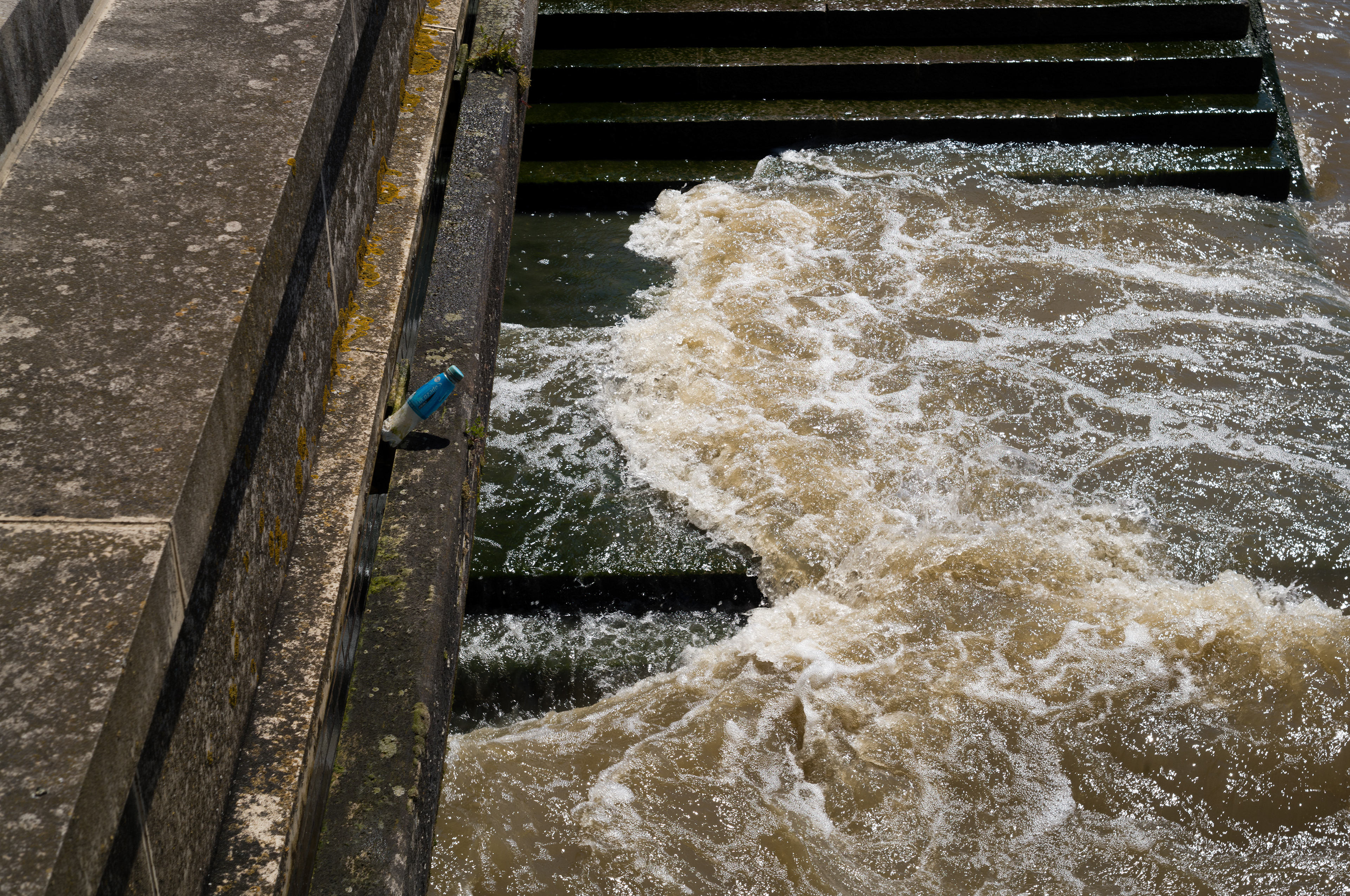
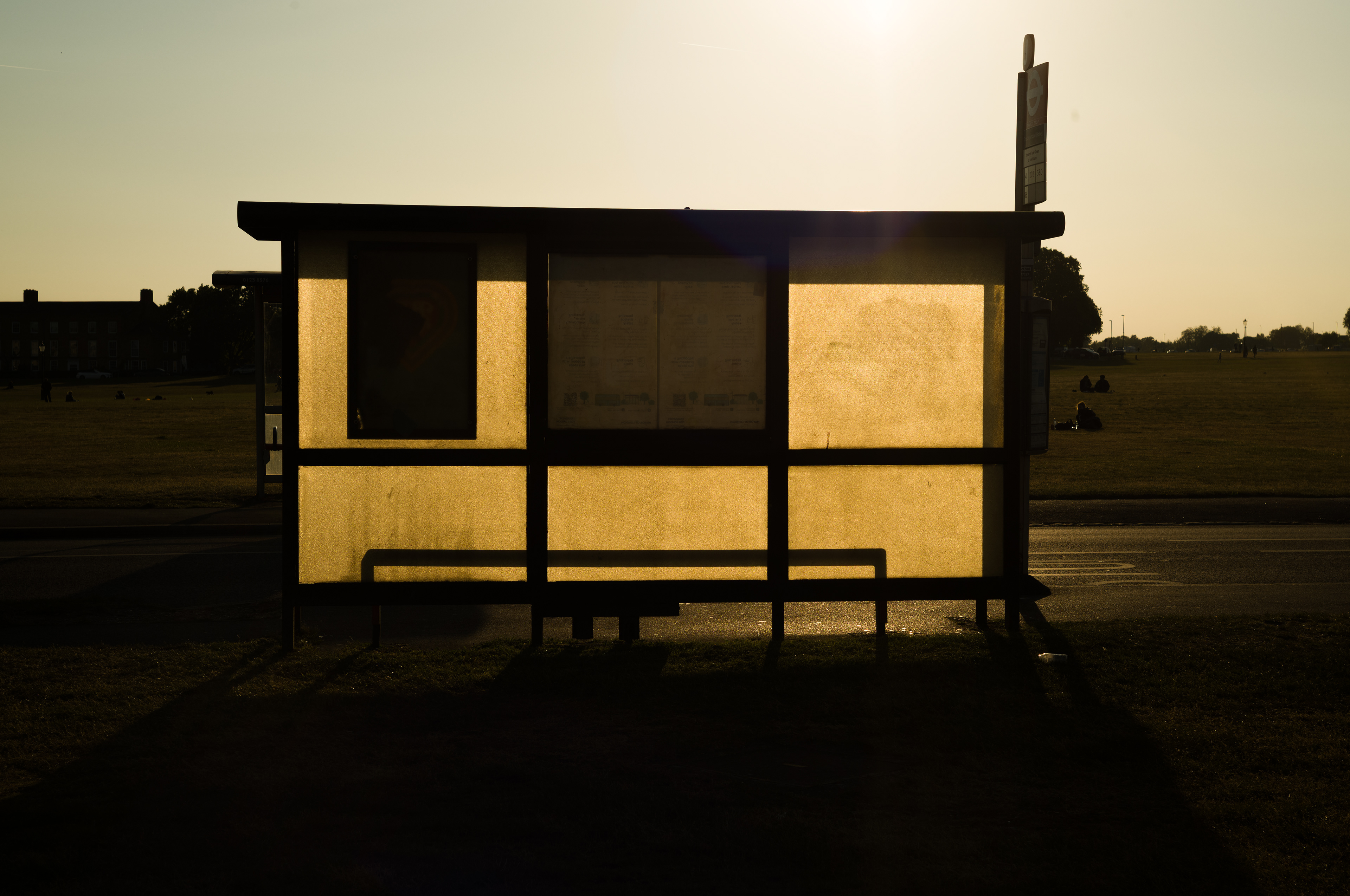
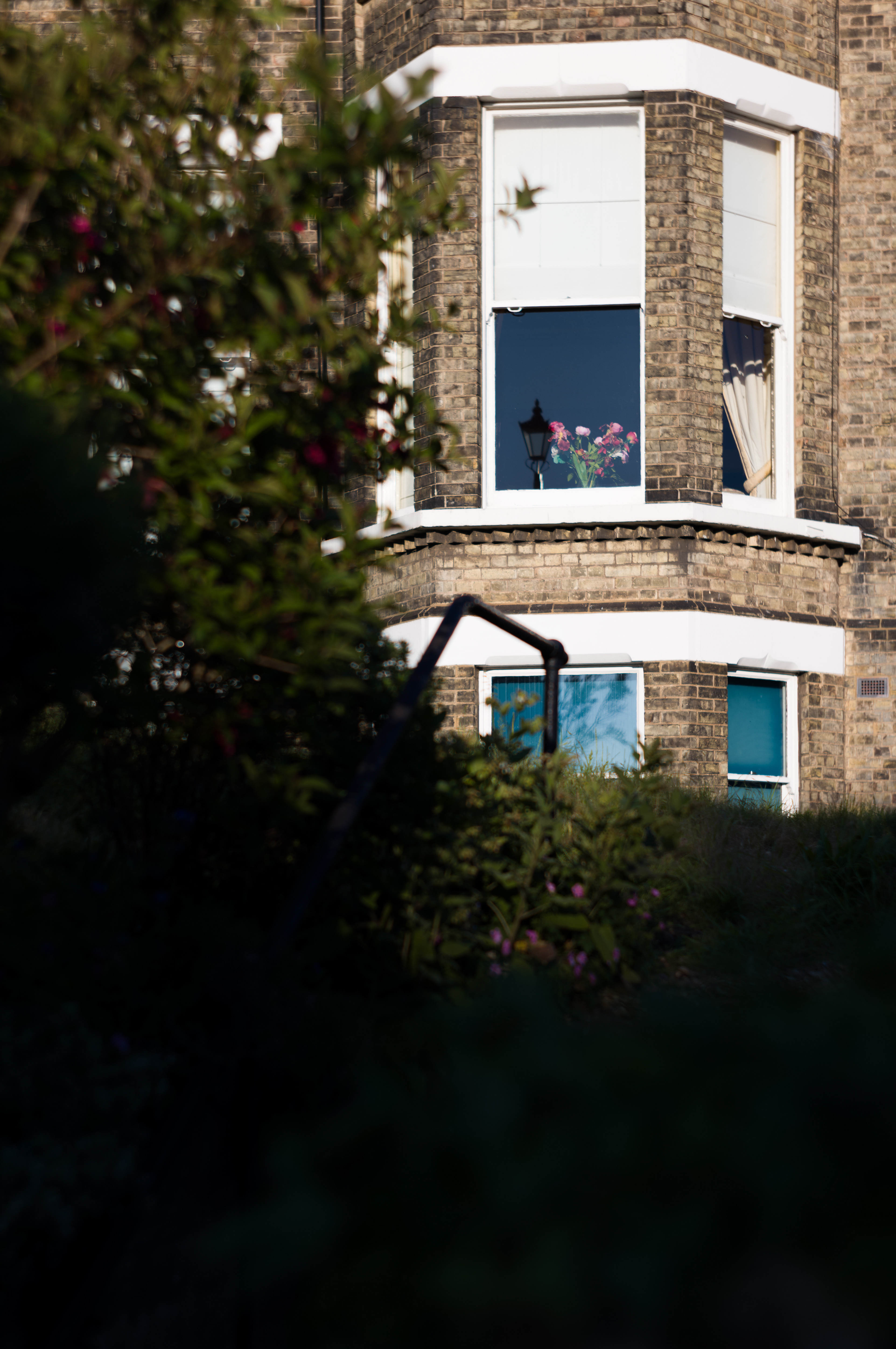



Closing notes
Pros
This lens looking great at modern Leica body
Very affordable
Lots, and lots and lots of character
Cons
Stiff focusing which might be an issue for street photography